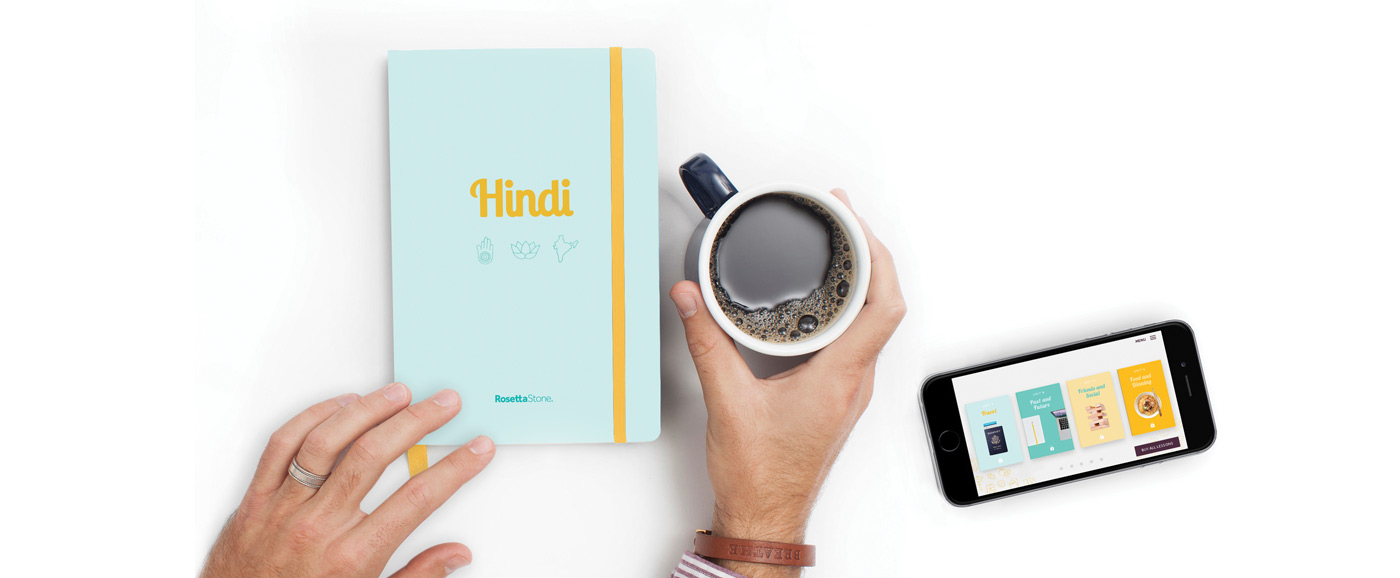
Rosetta Stone
Junior project
Spring 2017
Designer: Carlie Vanklompenberg
Founded in the early ’90s, Rosetta Stone quickly became the CD-ROM standard for learning a new language on your personal computer. Since then, however, language-learning opportunities have increased significantly, while Rosetta has financially declined. Users are frustrated with Rosetta Stone and are turning to cheaper options.

I really believe Rosetta sets you up for success but you CANNOT learn ANY language without immersing yourself in the culture of that language and actually speaking it with other people who are fluent at least once a day.

My biggest complaint would be that there is no explanation of anything or any cultural context, which is so critical to language learning.

The best language books I’ve seen incorporate cultural, geographic, historical, and religions in their textbooks so they engage you as
a student in the language.

IMAGERY
Photography is key to the branding of Rosetta Stone. The images are real images, taken by real people. The images represent the culture of the language they are used for. The images include: the food, the landscape, the architecture, the people, the celebrations, etc.

POSTER SERIES
The poster series is a set of four posters that are arranged in order. Images have handwritten captions that include the location and date. The poster series also includes a quote from a story featured on the website. The final poster ends with the Rosetta Stone tag-line “Open your World,” the URL, and the logo.

HINDI JOURNAL
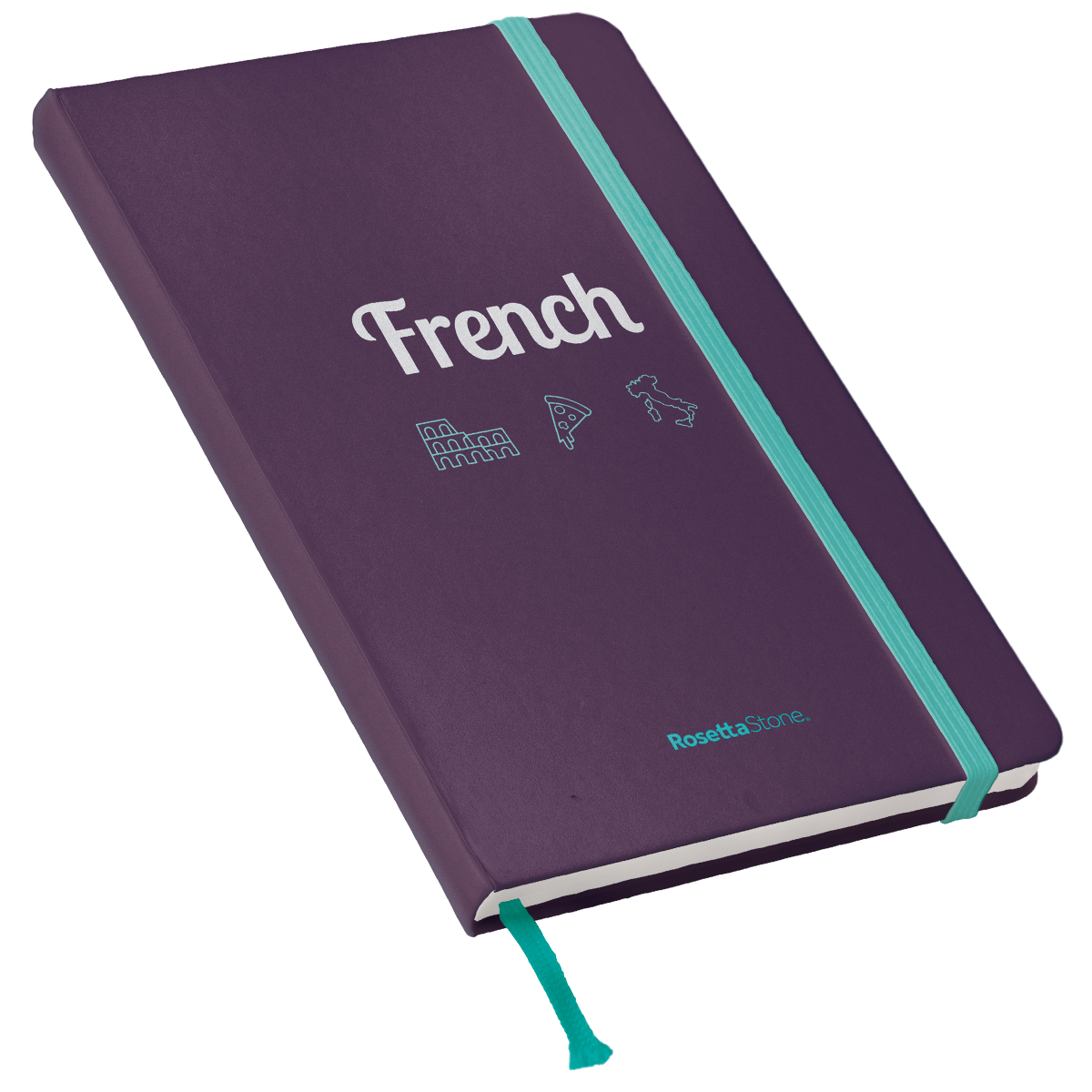
FRENCH JOURNAL
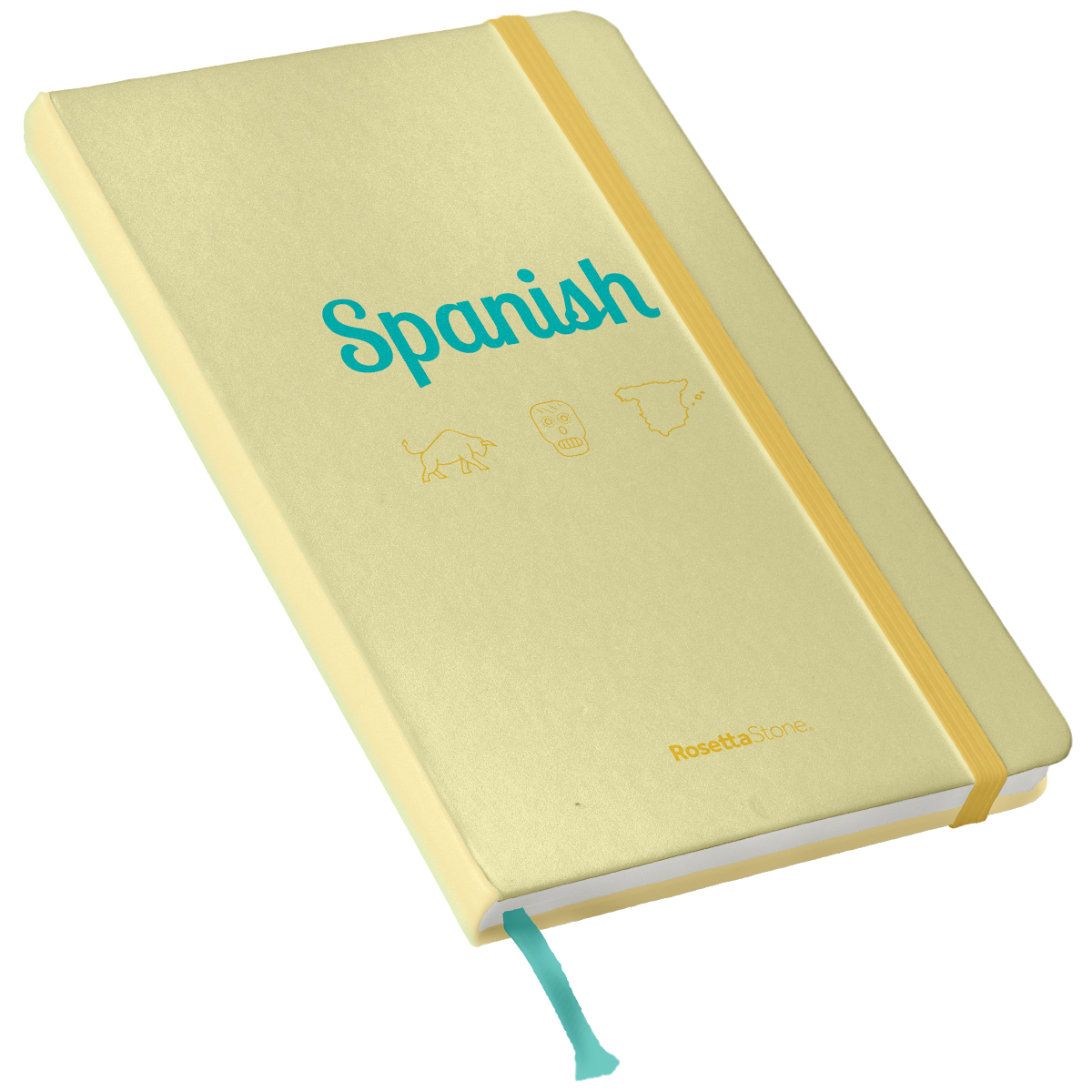
SPANISH JOURNAL
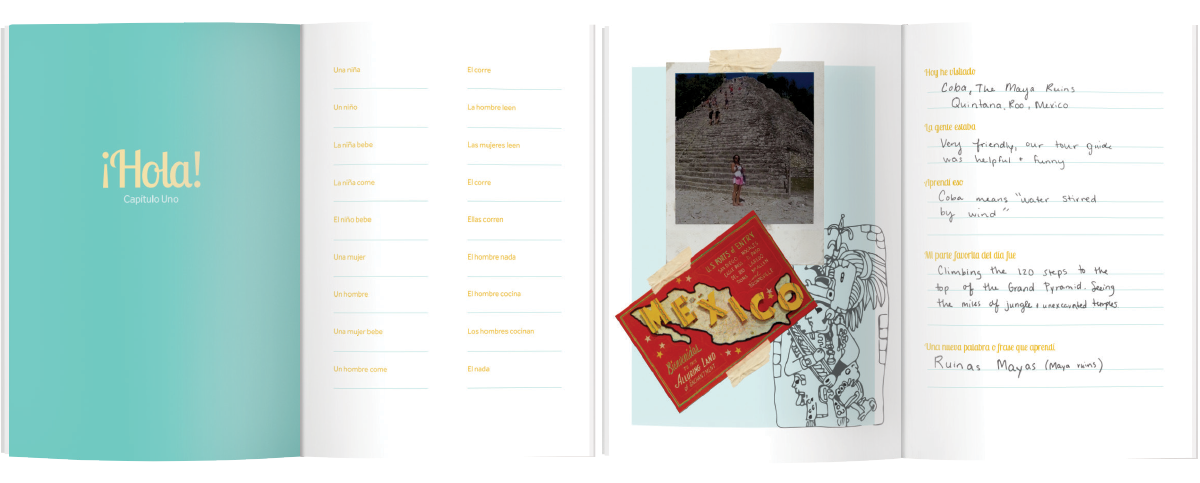
JOURNAL
The journal is split into two different sections. Half of the journal is for notes and translations, and the other half is for travel stories—a place to include sketches, drawings, and findings. There are no translations, this matches the teaching style Rosetta Stone uses.

All instagram advertising shows images from real Rosetta Stone users and their adventures from learning a new language.

Each image is signed with the user’s handwriting and lists the location or activity and the date.
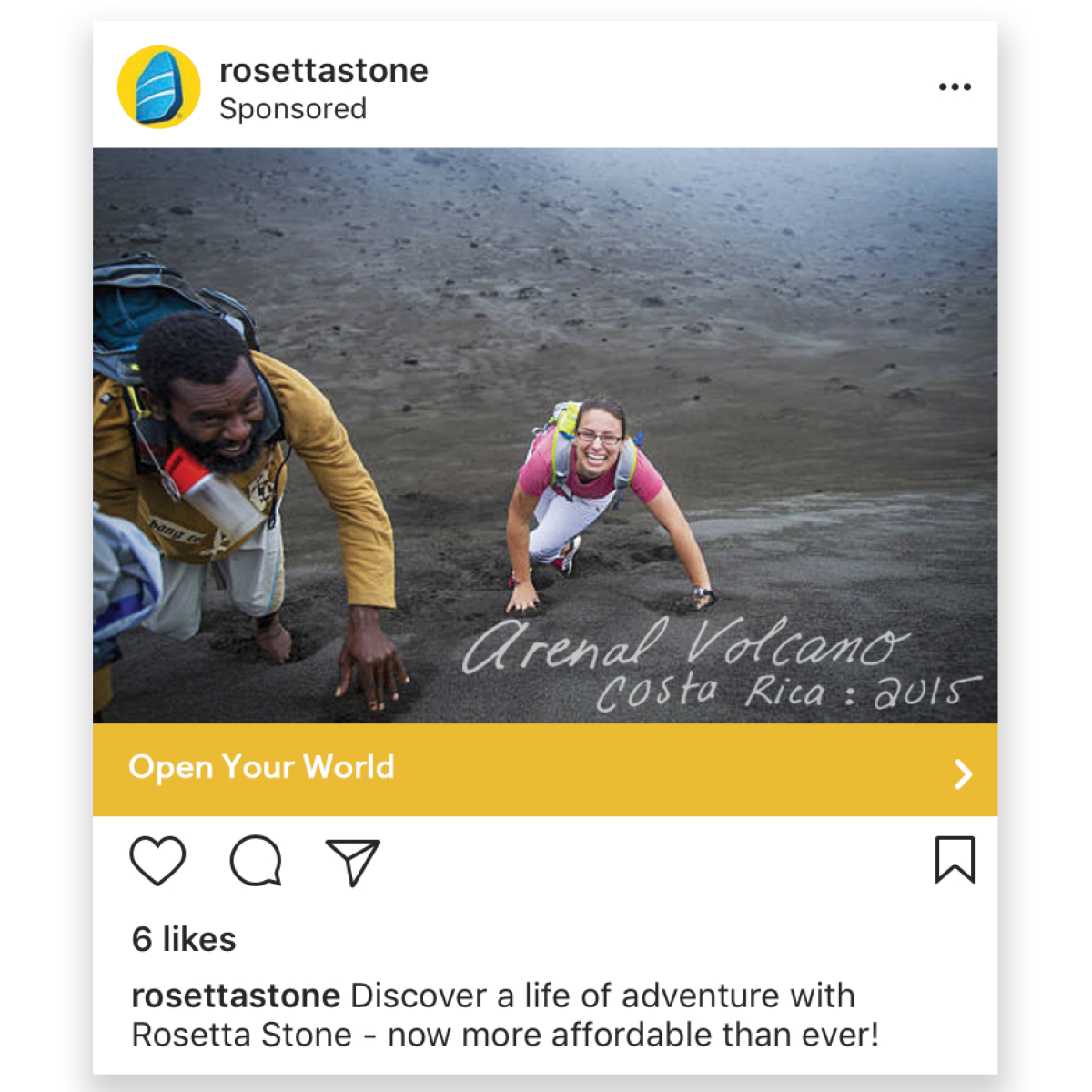
These images are more powerful than showing users on their phones or tablet, which is what Rosetta Stone currently does.

